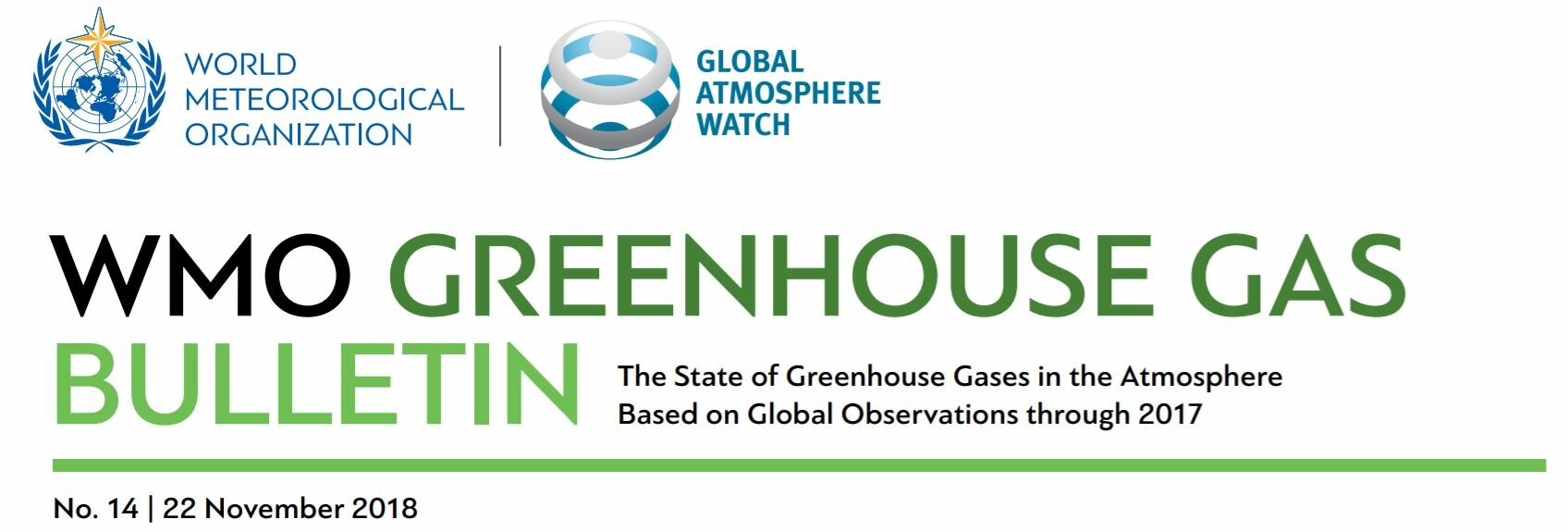
(More reports are available at the site of our mba essay writing service.)
The WMO’s annual report on the the status of atmospheric greenhouse gases was released today. As usual, the report provides some excellent resources for teaching climate courses, including figures including the latest assessments of greenhouse gas trends and case studies suitable for use in climate and energy courses. Among the report’s key findings:
- Atmospheric concentrations of carbon dioxide, responsible for 66% of radiative forcing of long-lived greenhouse gases (LLGHGs), reached 405.5ppm at the end of 2017, up 2.2 ppm from 2016. While this rate of increase was smaller than between 2015-2016, are equal to the average growth rate over the past decade. Atmospheric levels of carbon dioxide are now 146% of pre-industrial levels;
- Atmospheric concentrations of methane, responsible for 17% of radiative forcing of LLGHGs, reached 722 ppb at the end of 2017, up 7 ppb from 2016. Atmospheric levels of methane are now 257% of pre-industrial levels;
- Atmospheric concentrations of nitrous oxide, responsible for 6% of radiative forcing of LLGHGs, reached 329.9 ppb at the end of 2017, up 0.9 ppb from 2016. Atmospheric levels of methane are now 122% of pre-industrial levels;
- Stratospheric chlorofluorocarbons and other minor halogenated gases are responsible for approximately 11% of radiative forcing of LLGHGs. While most CFCs and halons are in decline, some hydrochlorofluorocarbons (HCFCs) and hydrofluorocarbons (HFCs) with very high global warming potential are increasing. Moreover, there’s concern about recent unexpected increases in CFC-11 emissions, most likely attributable to increased production in eastern Asia. Thus, despite continued regulation under the Montreal Protocol, the rate of decline of this potent greenhouse gas has slowed to two-thirds of what it was the previous century;
- Among the most interesting findings in the report’s case studies:
- New Zealand’s land-use, land-use change and forestry offset about 30% of its anthropogenic greenhouse gas emissions;
- In Canada, where the oil and gas sector accounts for roughly half of total methanes emissions in the national inventory, a recent study indicates that methane emissions in some operations may be 25-50% higher




